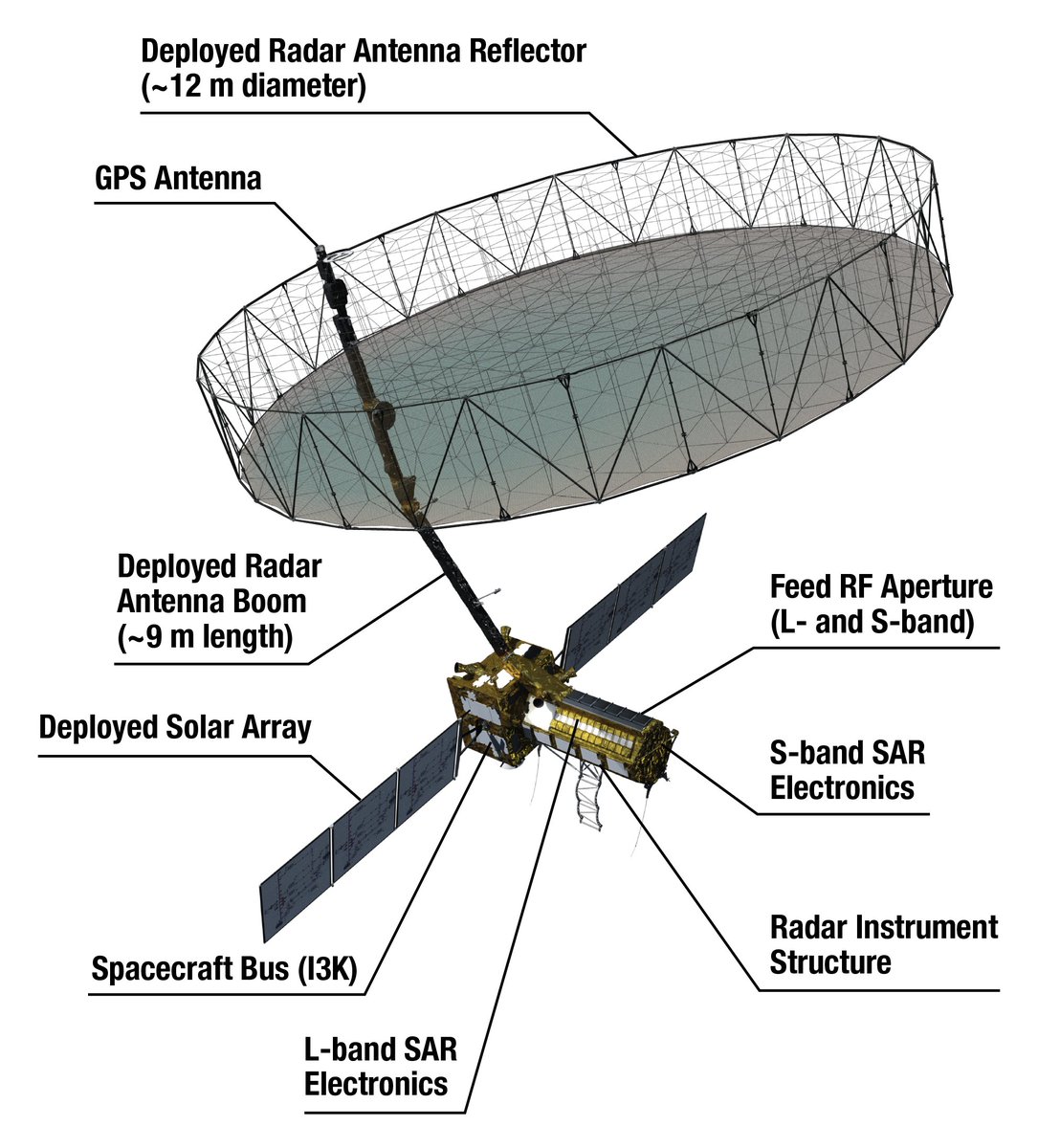#Thread #Space
@isro, as part of plans to expand its ground station network, plans to build one in French Guiana. According to Isro, “technical discussion on establishing” the stn is on with CNES, ties with whom has expanded beyond EO to include human spaceflight & SSA. 1/n
@isro, as part of plans to expand its ground station network, plans to build one in French Guiana. According to Isro, “technical discussion on establishing” the stn is on with CNES, ties with whom has expanded beyond EO to include human spaceflight & SSA. 1/n

A senior Isro scientist said: “This will be what we call a gateway station, which will be used to link the proposed Indian Data Relay Satellites (IDRS). We’ve made the proposal and the site has been identified by our partners in France… 2/n
…Acquisition of required permissions & other processes are ongoing. While the first major use case for the stn could be #Gaganyaan, this will have benefits for all future telemetry & tracking ops, monitoring of LV during launches, data downloading data from EO sats etc.” 3/n
This project is being enabled by the department of space (DoS) and Isro’s international cooperation with France. As on date, India, through DoS and Isro has signed space cooperative documents with space agencies of 61 countries. 4/n
“In order to intensify the existing space relations and also to establish new relations with other nations in the peaceful uses of outer space, 12 cooperative documents with foreign entities were signed during April 2022 and March 2023,” Isro said. 5/n
Some key agreements are: Aerosol and greenhouse gases monitoring (UAE); establishing and operating transportable telemetry terminals for Gaganyaan (Australia); deep space network for Chandrayaan-3 (US); space situational awareness (US & France) etc. 6/n
As part of the cooperation with France, Isro-CNES have signed an agreement on HSP under which Indian flight surgeons and ground support technicians had undergone specific training at CNES, Toulouse, France, and at Astronaut Training Centre, Cologne, Germany. 7/n
An Isro team also participated in the debriefing session of an ESA (European Space Agency) astronaut who returned from ISS. 8/n
“Wind tunnel testing of #Gaganyaan crew module & crew escape system is progressing at Glavkosmos with three models supplied by Isro. Discussion has progressed with respect to establishment of #NavIC reference station in Russia & GLONASS reference station in India,” Isro said. 9/n
Aside from this, India-Japan cooperation is currently focusing on lunar exploration, satellite navigation, and earth observation. Isro and Jaxa (Japanese space agency) are specifically working on completing the phase-A study of the joint lunar polar exploration mission... 10/n
…finalising instruments on lander & rover, sharing earth observation data for agro-meteorology products and rice crop monitoring; and establishing Indian Regional Navigation Satellite System’s (IRNSS) NavIC Navigation with Indian Constellation) reference station in Japan. 11/n
“Cooperation with ESA has been enhanced from earth observation and space exploration domains to other areas. Cooperative documents were signed for Network and Operations Cross-support and also for ESA’s ground station support for Chandrayaan-3 and Aditya-L1 missions… 12/n
…Both sides have agreed to conduct calibration testing of the NavIC - Galileo timing receiver at the ESA facility to estimate the time offset,” Isro said. n/n
• • •
Missing some Tweet in this thread? You can try to
force a refresh

 Read on Twitter
Read on Twitter












